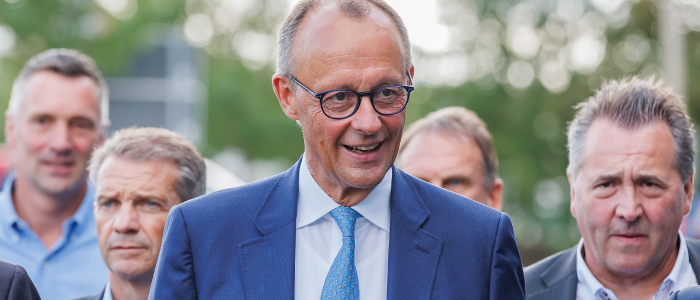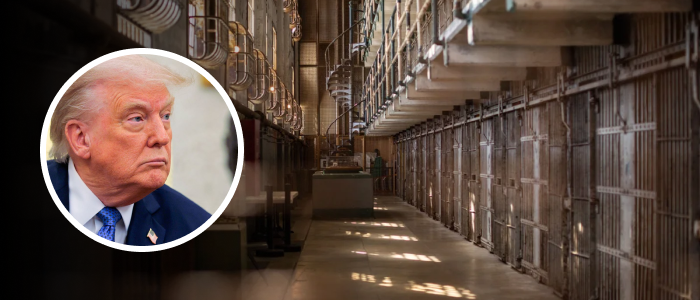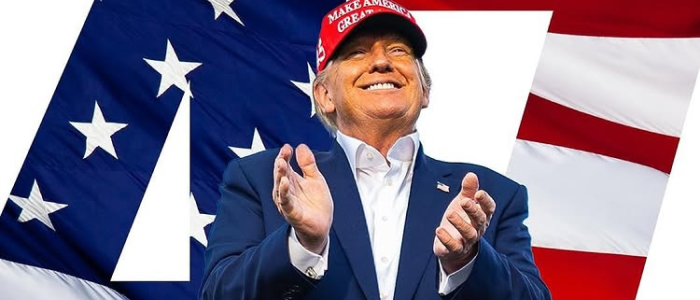Labor will target millions of younger voters in a final push for power at the federal election this Saturday, ramping up its pitch after Opposition Leader Peter Dutton unveiled a campaign blitz across dozens of key seats. The Labor plan will highlight the financial gains for people aged under 35 from the government using its pledge to slash student debts by 20 per cent, warning undecided voters that the Coalition would block the changes. Prime Minister Anthony Albanese and Jodie Haydon during the Building Australia’s Future rally at the Parramatta Town Hall.
Credit: Alex Ellinghausen But the Coalition is promising to help younger Australians buy their first homes by allowing them to draw on their superannuation to pay the deposit, and is declaring “this election is winnable” despite Labor’s lead in published polls. Dutton told a gathering of Liberal voters in Melbourne on Sunday that he had no doubt he could win, but he aired his frustration at the news coverage of his campaign by telling supporters not to listen to the “hate media” of the ABC, The Guardian and other outlets . In a direct pitch to younger voters later in the day, the opposition leader accused Labor of presiding over a migration surge and promised more action on housing.

“We’ve displaced young Australians who now can’t afford rents because rents have gone up by almost 20 per cent,” he said. “Young Australians who can’t get a deposit together, and they’ve given up on the home ownership dream. “And Labor’s got a solution for them – that is to rent for life, but that is not the Liberal aspiration we have for young Australians.
” Liberal faithful pose for a selfie with Opposition Leader Peter Dutton at a rally at the Melton Entertainment Park in Melbourne. Credit: James Brickwood The Coalition is promising to let first-home buyers claim a tax deduction on the interest bill on their mortgage, subject to financial thresholds over five years, as well as offering the super-for-housing policy, but it has vowed to block the Labor policy to ease student debt. Labor is offering to reduce all HECS debts by 20 per cent if it is returned to power, saying someone with the average debt – $27,600 – would have about $5250 wiped from their loan.
On housing, it offers first-home buyers a government guarantee so they can buy their first home with a 5 per cent deposit, as well as a $10 billion plan to encourage more housing construction. Labor is acting on government data, prepared before the election, that shows more than three million people have HECS debts and therefore stand to gain if the party is returned to power. This target group includes 426,000 people who are aged under 35 and live in marginal seats in the three biggest states.
This includes 123,000 in the key Sydney and NSW seats, 146,520 in target seats in Brisbane and 157,702 in the Melbourne marginal seats. Prime Minister Anthony Albanese highlighted the issue of student debt in an address to Labor supporters on Sunday, while also listing Dutton’s decisions to cut public servants and oppose the $17.4 billion personal income tax cut in the federal budget.
“If he’s already promising to raise your taxes and increase your HECS debt – you have to ask: what else is there?” Albanese said. The prime minister warned on Saturday that a Coalition victory at the election would keep debts higher for younger Australians. “They are literally saying to 3 million Australians, if you vote Liberal or National, we will increase your debt by more than $5500,” he said.
“How’s that going to help them get into home ownership? Those are precisely the people who are looking to buy a first home, who are going to be saddled with more debt from the Coalition.” The Labor campaign includes social media messages from Education Minister Jason Clare that contrast Dutton with a photograph of Albanese as a young student. Both leaders are scaling up their campaigns when millions of Australians are expected to lodge early votes this week, after 2.
4 million people cast pre-poll ballots from Tuesday to Saturday. Another 500,000 have returned a postal ballot, according to the Australian Electoral Commission. There are 18.
1 million eligible voters at this election. Dutton went on the offensive on Sunday as part of a plan to campaign in as many as 27 seats this week, visiting the Labor-held electorate of Hawke in Melbourne before speaking to supporters alongside former prime minister John Howard in the Sydney seat of Mackellar. The event was Dutton’s first visit to an east coast teal electorate since the formal campaign began on March 28.
Liberal candidate James Brown is seeking to defeat independent MP Sophie Scamps in Mackellar, on Sydney’s northern beaches. Opposition Leader Peter Dutton with former prime minister John Howard at Mona Vale Bowling Club during the opposition leader’s foray into teal territory. Credit: James Brickwood The Labor campaign seeks to confront Coalition and Greens candidates in some of the nation’s most marginal seats by appealing to voters with student debt – such as almost 25,000 people in the swing seat of Brisbane.
The message has the potential to shape contests in Coalition seats such as Menzies in eastern Melbourne, won by Liberal MP Keith Wolahan by just 1400 votes at the last election, and the northern Sydney electorate of Bradfield, a Liberal seat being contested by a “teal” independent. Menzies has 17,332 residents with a HECS debt, according to federal government figures, and Bradfield has 17,137. Liberal candidate Gisele Kapterian is seeking to win Bradfield against independent candidate Nicolette Boele.
Other Liberal seats with large cohorts of people with HECS debt include Deakin in Melbourne (15,718 people with HECS debt) Forde in southern Brisbane (14,920 people) and Dickson (Dutton’s seat in northern Brisbane, with 13,565 people who have HECS debts). The message about HECS debt is also being aimed at all the lower house seats held by the Greens: Brisbane, Ryan, Griffith and Melbourne, the last of which has been held by Greens leader Adam Bandt since 2010. Griffith, held by Greens housing spokesman Max Chandler-Mather, has about 23,000 voters with a HECS debt, according to figures collated by the government before the election.
Chandler-Mather gained victory at the last election by securing 6000 more primary votes than Labor and then winning on preferences, highlighting the task for Labor candidate Renee Coffey in convincing voters to give her their primary vote. The Greens back the Labor proposal for debt relief and promise younger voters greater action on student fees, saying there should be no student fees and that all existing debts should be cancelled. “People can see that Labor adopted the 20 per cent HECS debt cut in response to the growing power of the Greens,” said Chandler-Mather.
As a defensive strategy, the Labor message on student debt also seeks to retain seats such as the Victorian electorate of Chisholm, where Labor MP Carina Garland is facing former Liberal MP Katie Allen. This seat has about 19,000 people with HECS debts. The government data indicates there are 17,321 people with student debt in the seat of Werriwa in south-western Sydney – held by Labor and seen by the Liberals as a key target – as well as 17,130 in the marginal Sydney electorate of Bennelong, also held by Labor and seen as a Liberal target.
Cut through the noise of federal politics with news, views and expert analysis. Subscribers can sign up to our weekly Inside Politics newsletter ..
Politics

How HECS debt burdens will shape Labor’s final-week pitch

Labor will target millions of younger voters by pledging to slash student debt in a final push for power at the federal election this Saturday.















